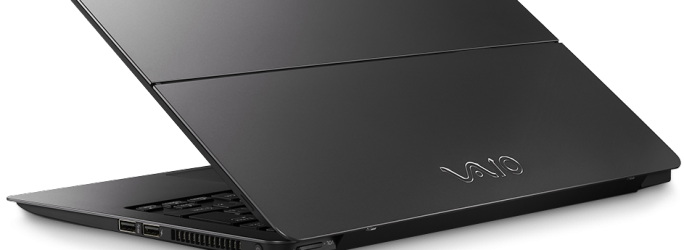Vaio nears deal with Toshiba, Fujitsu

All-Japanese partnership shows that Vaio is not dead after all
Sony’s former laptop brand Vaio may be set for a triumphant comeback after the company announced a new tie-up with Toshiba and Fujitsu.
The deal will look to see the creation of a Japanese PC conglomerate that will be able to grab a fairly significant share of the market thanks to the existing reach of the companies.
The partnership should be confirmed by the end of March, Hidemi Moue, chief executive officer of Japan Industrial Partners, the Japanese investment firm that bought Vaio from Sony in February 2014, told Bloomberg.
 Vaio had been operating as an independent entity after being sold by Sony, releasing a range of new laptops since March 2015, along with a smartphone.
Vaio had been operating as an independent entity after being sold by Sony, releasing a range of new laptops since March 2015, along with a smartphone.
“The PC market is shrinking, which means there are merits in working together to make the most of research, production volumes and marketing channels,” said Moue, “We can do it with minimal cannibalisation.”
Moue said that Vaio expects to own the biggest stake in the merged company, which can help the trio save on research and development and scale production.
“In the PC business, all options are on the table for restructuring and partnerships, but nothing has been decided at this moment,” said Toshiba spokesman Hirokazu Tsukimoto.
The partnership will initially focus on making PCs for the Japanese domestic market, Moue said, although expanding to overseas markets with other forms of hardware remains a possibility. Vaio has recently released a Windows 10 smartphone, and also has plans for a robot companion product, as it looks to offer a wide range of products.
The companies will hope that their new collective will be able to reverse the recent slowdown in global PC sales, which have suffered from issues including competition from mobile devices like smartphones and tablets—even with slowing growth in those markets—longer PC lifecycles, falling commodity prices and a strong US dollar.
Global PC shipments fell by as much as 10.6 percent in the fourth quarter and came in at fewer than 300 million for 2015 for the first time in several years, according to recent analysis from IDC and Gartner.